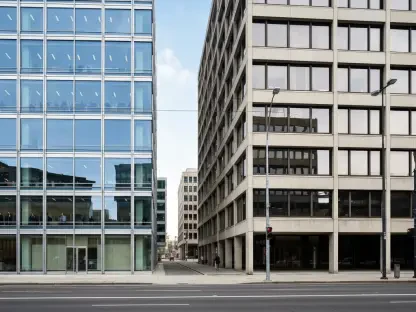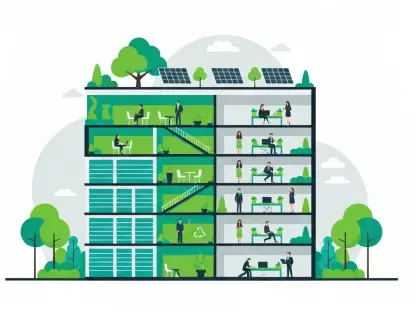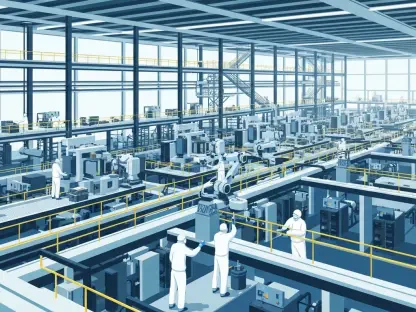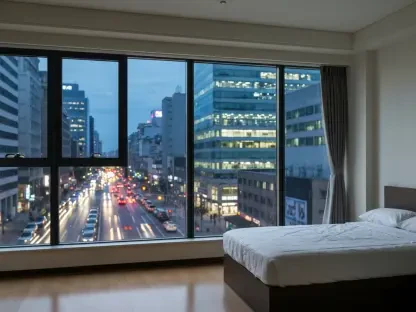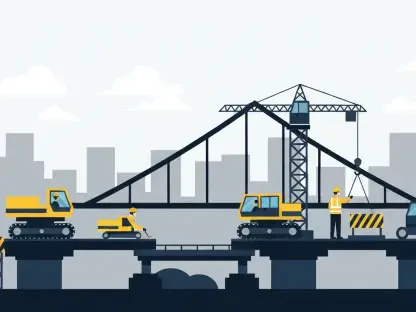On Monday, federal approval was announced for a $500 million prison in Letcher County, Kentucky, marking a significant development in the region’s efforts to modernize its incarceration facilities. U.S. Representative Hal Rogers (R-KY) successfully secured the funding through the House Appropriations Committee. The new facility, which is set to occupy 500 acres in Roxana, Kentucky, will house 1,408 adult inmates upon completion. However, the project is anticipated to require at least a year for design work and property acquisitions before construction can officially commence. Completion of the construction is expected to take about three years, though no contractors have been disclosed yet.
Environmental Concerns and Historical Criticisms
Initial Approval and Withdrawal
The new prison project had initially received approval in 2018 but was withdrawn in 2019 following a lawsuit filed by the Abolitionist Law Center. The suit brought to light significant environmental concerns, drawing attention from various advocacy groups. Among the critics, the Kentucky chapter of the Sierra Club was particularly vocal, emphasizing the potential ecological damage that the prison could inflict. They highlighted that the project would result in the destruction of approximately 120 acres of forest and 2 acres of wetlands, raising serious concerns about the sustainability and environmental impact of such a massive construction endeavor. The decision to re-approve the prison has, therefore, reignited debates around these issues.
The Federal Bureau of Prisons (BOP) justified the necessity of the new facility by pointing to the aging and unsustainable condition of existing incarceration institutions. According to the BOP, modernizing the prison infrastructure is essential to ensure they can continue to operate efficiently and humanely. However, opponents remain unconvinced, arguing that the environmental costs far outweigh the benefits. They also point to the broader implications of constructing new prisons in rural and often economically distressed areas, suggesting that alternative investments might yield better long-term benefits for local communities.
Economic Impact and Job Creation Claims
Promises of Economic Benefits
Proponents of the new prison, including Representative Rogers, assert that the facility will create significant economic benefits for the region. Specifically, they argue that the project will generate 325 permanent jobs, providing $43 million in annual wages. This, they claim, will inject much-needed economic stimulus into the local economy, helping to revitalize an area that has faced substantial economic challenges over the years. The prospect of stable, well-paying jobs is seen as a potentially transformative development for Letcher County, which has historically struggled with high unemployment rates and limited economic opportunities.
However, these claims are contested by critics who argue that previous federal prison projects in Eastern Kentucky have failed to deliver the promised economic benefits. Among these critics are figures such as Attica Scott, Artie Ann Bates, and Judah Schept, who argue that the touted economic impacts are often overestimated. Supporting their views is a study conducted by the Kentucky Center for Economic Policy, which found no significant economic impact from past prison projects in the region. According to the study, the anticipated job creation and economic revitalization have not materialized, leaving communities no better off than before the construction of these facilities.
Broader Debate on Prison Construction
On Monday, federal approval was granted for a $500 million prison project in Letcher County, Kentucky, representing a key step in modernizing the area’s corrections infrastructure. U.S. Representative Hal Rogers (R-KY) played a crucial role in securing this funding through the House Appropriations Committee. This new prison facility, planned to span 500 acres in Roxana, Kentucky, is expected to house 1,408 adult inmates once it is fully completed. However, the project will not begin construction immediately; it is estimated that at least a year will be required for the design phase and property acquisition before any building can start. The construction process itself is expected to take around three years. As of now, no specific contractors have been publicly identified to oversee the construction work. This development marks a significant shift for the region, aiming to enhance its correctional system to better serve its current and future needs.


